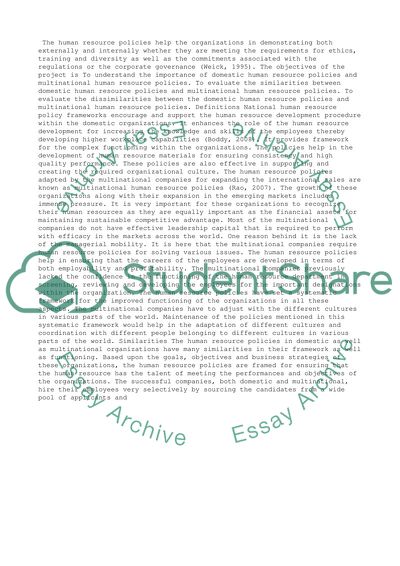Cite this document
(“Hrm Essay Example | Topics and Well Written Essays - 3000 words”, n.d.)
Hrm Essay Example | Topics and Well Written Essays - 3000 words. Retrieved from https://studentshare.org/management/1489666-hrm
Hrm Essay Example | Topics and Well Written Essays - 3000 words. Retrieved from https://studentshare.org/management/1489666-hrm
(Hrm Essay Example | Topics and Well Written Essays - 3000 Words)
Hrm Essay Example | Topics and Well Written Essays - 3000 Words. https://studentshare.org/management/1489666-hrm.
Hrm Essay Example | Topics and Well Written Essays - 3000 Words. https://studentshare.org/management/1489666-hrm.
“Hrm Essay Example | Topics and Well Written Essays - 3000 Words”, n.d. https://studentshare.org/management/1489666-hrm.


